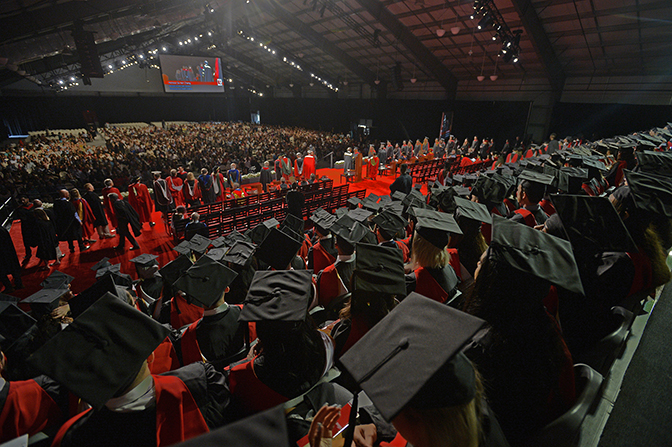
Canada has always had a ‘tap on, tap off’ immigration policy aimed primarily at filling jobs
The federal government will soon announce its immigration plan and immigration levels for the next three years. Prime Minister Justin Trudeau’s Liberals have already signalled, however, that the number of immigrants will decline from the levels of the past several years.
The government has been under fire for its immigration policy and must move carefully with a federal election likely next year. The increase in housing costs is cited by critics as consequence of too many immigrants arriving in Canada over a short period of time.
Sharp increases and decreases in the number of immigrants are nothing new in Canada’s history. Historically, immigration policy has been “tap on, tap off,” with immigration levels increased when the unemployment rate falls and reduced when unemployment rises. Immigration has always been thinly veiled labour market policy; that is, a way to fill jobs.
Influx of immigrants
In 1913, an estimated 400,900 immigrants arrived in Canada, accounting for five per cent of the country’s population. At that time, the government sought farmers to settle the Prairies and allow the western expansion of Canada.
It took more than a century — until 2021 under Trudeau — before a larger number of immigrants was accepted in a single year; 406,000 were admitted.
But those who came in 2021 accounted for only one per cent of the nation’s much larger population, rather than five per cent in 1913.
When the Liberals came to power in late 2015, the national unemployment rate was seven per cent and dropping. By 2019, it was under six per cent, a level not experienced for nearly half a century.
The economy was humming with low unemployment and inflation, allowing the immigration tap to be turned on. From 2017-19, 300,000 immigrants were accepted each year, but from 2021 to 2023, that increased to a record high of about 430,000 annually.
In the past decade, employers have benefited from high levels of immigration and voiced few complaints. Businesses know that labour costs are kept low when immigrants flood into the job market.
International students
What has made the nation’s immigration policy distinct under Trudeau is that the tap has also been turned on for international students. These students are not immigrants, but rather are allowed to enter Canada and, initially, remain only during the time they are studying.
In the past several decades Canada, Australia, the United Kingdom and the United States have become extraordinarily attractive for college and university students.
Middle-class families in China, India, Brazil and other countries are willing to spend what is required to send their children to study abroad.
Universities and colleges covet international students as a source of income since they pay twice or more what local students pay in tuition.
The additional income earned by post-secondary institutions from international students has allowed provincial governments to limit tuition fee increases for Canadian students. For example, the Ontario government reduced tuition fees by 10 per cent in 2019 and has kept tuition frozen for local students ever since.
Permanent citizenship pathways
When the Liberals came to power, there were about 300,000 international students in Canada. Last year, that number reached one million. Immigration rules were tweaked in the past decade to open paths to permanent citizenship for some international students and their families.
Some believe the combination of high immigration rates and a large number of international students has created an unsustainable situation as housing costs in many parts of Canada increase significantly over the past several years.
Suddenly, earlier this year, the federal government placed limits on the number of student visas it would issue annually to reduce the flow of students coming from abroad. Provinces and educational institutions were furious, especially by the lack of advance notice and the loss of expected revenues.
However, rapid swings in immigration policy are a feature of Canada’s history. After welcoming 400,000 immigrants in 1913, only 10 per cent of that number were granted entry five years later.
Sharp U-turns
The causes that necessitated the recent sharp U-turn in the number of international student visas — and limiting the pathways to students and their dependants to become immigrants — are instructive.
The federal government ignored the fact that colleges and universities were not equipped for the massive ramp-up of foreign student enrolment. Some post-secondary institutions, particularly those operated for profit, took advantage of incoming students by providing sub-standard education.
A closer monitoring of the impact of high numbers of international students would have allowed the federal government to more gradually adjust the visa tap. More consultation between all levels of government would have permitted problems to quickly reach the appropriate decision-makers.
Moving forward, the federal government would do well to better monitor the impacts of immigration levels. More consultation with other levels of government, employers and stakeholders will result in more gradual adjustments to the number of newcomers who are — and always have been — critical to Canada’s economic and cultural successes.
By Thomas Klassen, professor, School of Public Policy and Administration, York University
This article is republished from The Conversation Canada.
